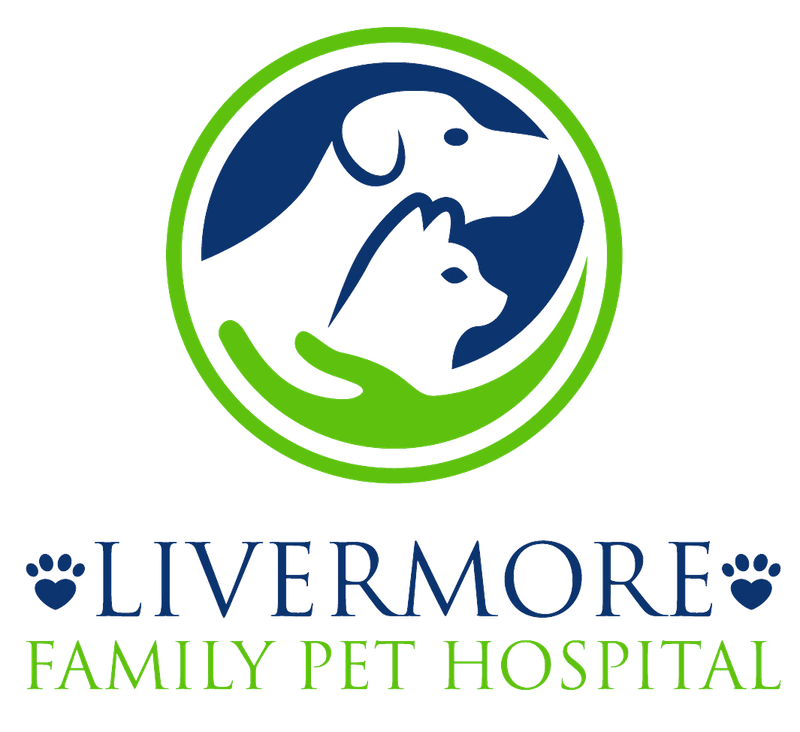If you are considering buying, or already own, a dog with a short nose such as a Pug, Boston terrier, Pekingese or Bulldog then you need to be aware of the welfare issues surrounding brachycephalic upper airway obstruction syndrome.
What is brachycephalic upper airway syndrome?
Certain dog breeds are known as brachycephalic, which means they have a short nose in relation to their head. Common brachycephalic breeds include the Pug, Boston Terrier, Pekingese, and French and English Bulldogs. If you own one of these dogs, it is important to know a little bit about Brachycephalic Obstructive Airway Syndrome.
What is Brachycephalic Obstructive Airway Syndrome?
Brachycephalic Obstructive Airway Syndrome (BOAS for short) describes a range of upper airway conditions that can result from having a short nose.
In short-nosed dogs, while the bones of the skull are smaller than normal, the soft tissues often are not reduced in size by the same amount. This means these dogs essentially have too much tissue around their upper airways, and this can obstruct air flow in various ways.
You can see the normal anatomy of the dog's pharynx here:
Animation of a normal pharynx anatomy:
In BOAS, the airway can be obstructed in the following ways:
Elongated and thickened soft palate - the soft palate separates the back of the mouth from the nasal cavity. When the soft palate is too long, it can partially obstruct the windpipe.
Obstruction and/or collapse of the larynx - in BOAS, little pouches by the larynx called the 'laryngeal saccules' can be pulled outwards and this obstructs airflow. It is also possible for the larynx to collapse due to chronic stress, meaning it cannot open as much as normal.
Narrow (stenotic) nostrils - this restricts airflow into the nose.
Illustration of nostrils stenosis:
Narrow trachea - again, this restricts airflow.
Each dog with BOAS may be affected by one or more of the above to a greater or lesser extent.
What are the signs of BOAS?
The signs depend on which upper airway obstructions your dog has and how severe these are. In general, dogs with BOAS typically have noisy breathing, they may cough and gag, and they often snore when they are sleeping. Sometimes they will struggle to sleep properly, as they wake up due to their airway becoming obstructed.
Dogs with BOAS also often prefer to breathe through their mouth rather than their nose, and they are less good at coping with heat. When the airway obstruction is more severe, dogs will get tired easily and can even collapse on exercise. If dogs do not cope well with exercise, this makes them more prone to gain weight, but unfortunately being overweight can make the signs of BOAS worse.
Some digestive signs are also associated with BOAS: dogs may regurgitate or vomit more than usual. This is partly because their increased breathing effort raises the pressure in their neck and chest, which can cause acid reflux. Sometimes these dogs will develop a hiatal hernia, which is where the top of the stomach is pulled through the diaphragm into the chest cavity. Dogs with BOAS can also have pyloric stenosis, which is when the exit to the stomach is narrowed.
Animation normal stomach's emptying:
Animation illustrating a pyloric stenosis:
Often, treating the airway signs in these dogs will improve the digestive symptoms.
How is BOAS diagnosed and treated?
Your vet will be able to get a good picture of whether your dog has BOAS by examining them and talking through their signs with you. In order to determine what the problems are and whether surgery would help your dog, your vet may then advise further diagnostics. These investigations may include examination of the airways under anesthetic, and possibly X-rays or a CT scan of the airways and abdomen.
Depending on the results of this investigation, your vet may suggest that surgery will help your dog. The type of surgery required will depend on the causes of your dog's symptoms. Surgery can be used to widen the nostrils, shorten the soft palate, and remove the saccules that can obstruct the larynx. The animation below shows a procedure for shortening the soft palate, and the video shows a dog recovering after surgery to widen the nostrils.
Animation illustrating a soft palate resection:
Video of a dog after rhinoplastic surgery:
If you have questions and you'd like to reach out to us, you can call us directly at (925) 744-6421, or you can email us at [email protected].

